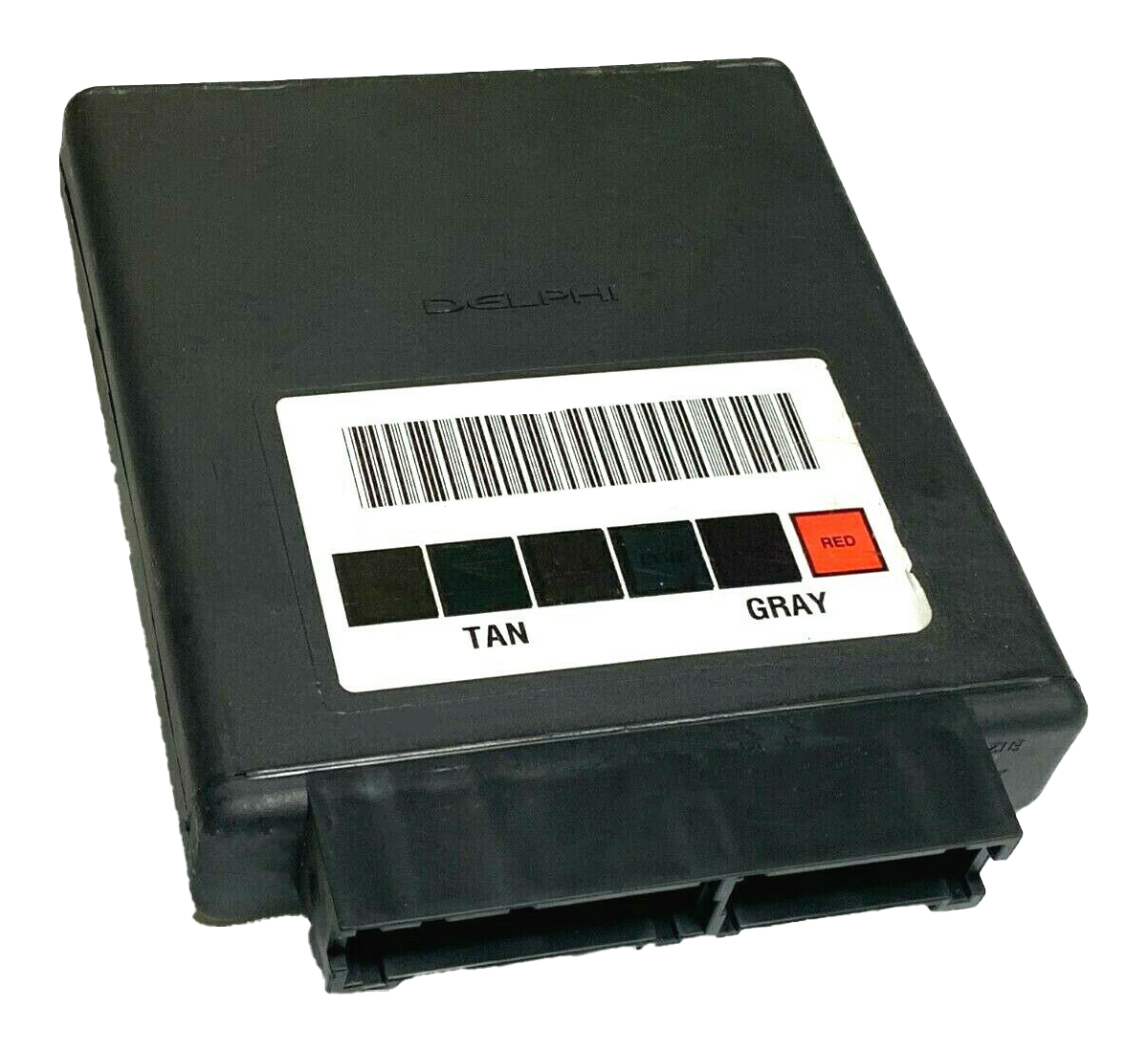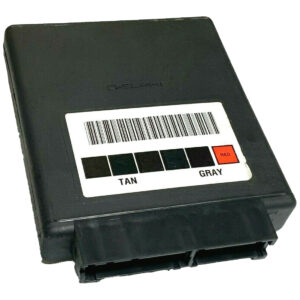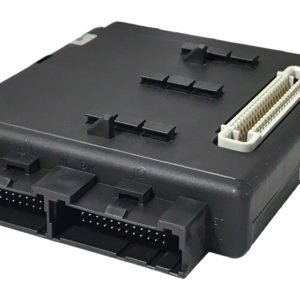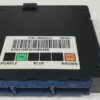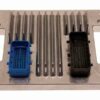Are you tired of dealing with the bizarre electrical issues in your Trailblazer, Envoy, or other GM SUV? One minute the power windows work, the next they don’t. Maybe your dash lights are flickering, the radio is acting possessed, or your vehicle won’t start for no apparent reason. As a technician with over two decades of experience, I’ve seen these exact problems hundreds of time, and they almost always point to a failing Body Control Module (BCM).
The BCM is the central command center for your vehicle’s body electronics. It manages everything from your interior lights and power locks to the instrument cluster and security system. When it starts to fail, it can cause a cascade of frustrating and seemingly unrelated symptoms. Don’t replace random parts hoping for a fix. This is the direct-fit, reliable solution you’ve been looking for.
Is Your SUV Exhibiting These Electrical Gremlins?
- ✔ Power windows, door locks, or mirrors operating intermittently or not at all.
- ✔ Interior dome lights or exterior lamps staying on or not turning on.
- ✔ The instrument cluster behaving erratically—gauges dropping to zero, warning lights flashing randomly.
- ✔ The radio or climate control system turning on and off by itself.
- ✔ A no-start condition where the engine cranks but won’t fire up, often related to the security system.
- ✔ Diagnostic trouble codes related to communication errors (U-codes) or internal module failure.
A Technician’s Notebook
I remember a 2004 Envoy that came into the shop with a classic BCM failure story. The owner was at his wit’s end. His driver’s side window wouldn’t go down, the rear wiper had a mind of its own, and sometimes the truck would refuse to start. He had already replaced the window switch and checked fuses. After connecting my scan tool, I found multiple communication loss codes with various modules. Instead of a complex wiring issue, my experience pointed straight to the BCM. These modules, often located near the fuse box, are susceptible to moisture and thermal stress over time, causing internal circuits to fail. We installed a VIN-programmed BCM, and instantly, all the gremlins were gone. It’s a satisfying fix for a deeply frustrating problem.
The Plug-and-Play Solution
Forget expensive dealership visits and programming fees. We take the hassle out of the repair. Simply provide us with your vehicle’s VIN (Vehicle Identification Number) during checkout, and our technicians will program this 2002–2005 Trailblazer BCM with the latest GM software specifically for your truck. It arrives at your door ready for installation, saving you time and money. Plus, there is no core charge, so you can keep your old part.
Your Straightforward BCM Installation Guide
- ✔ Safety First: Disconnect the negative terminal from your vehicle’s battery and wait at least 10 minutes to allow all modules to power down completely.
- ✔ Locate the BCM: On most of these SUVs (Trailblazer, Envoy, etc.), the BCM is mounted to the front interior fuse box, typically under the driver’s side of the dashboard or under the rear seat. For the Envoy XUV, it’s located under the rear floor panel.
- ✔ Disconnect and Remove: Carefully unplug the electrical connectors from the old BCM. They have locking tabs that need to be depressed. Once disconnected, unclip or unbolt the module from its mounting location.
- ✔ Install the New BCM: Mount your new, pre-programmed BCM in the same location and securely plug in all the electrical connectors. You should hear a ‘click’ as they lock into place.
- ✔ Reconnect and Test: Reconnect the negative battery terminal. Turn the key to the ‘On’ position (without starting) and test your electronics—windows, locks, lights, and radio—to ensure proper function.
Important Post-Installation Information
While this BCM is programmed for a straightforward installation, some vehicles may require additional steps to sync with other onboard systems:
- Airbag System Sync: If the airbag warning light is illuminated after installation, a procedure called ‘Setup SDM Primary Key in BCM’ is needed. This requires a professional-grade diagnostic tool to complete and will clear the light.
- Brake Pedal Position Relearn: On certain models, a brake pedal position sensor relearn may be necessary to ensure the brake lights and traction control system function correctly. This also typically requires a compatible scan tool.
Disclaimer: Vehicle systems can vary. We always recommend consulting a factory service manual or a qualified technician if you are unsure about any part of the process.
Verified Compatibility for Your GM SUV
This module is a direct replacement for part numbers 15114669, 15122670, 15065293, 15191621, and 9352135, and fits the following models:
- ✔ 2002-2005 Chevrolet Trailblazer & Trailblazer EXT (w/o security system options)
- ✔ 2002-2005 GMC Envoy, Envoy XL, & Envoy XUV (w/o security system options)
- ✔ 2002-2004 Oldsmobile Bravada (w/o security system options)
- ✔ 2004-2005 Buick Rainier (w/o security system options)
- ✔ 2003-2005 Isuzu Ascender (w/o security system options)
- ✔ 2005 Saab 9-7X
Frequently Asked Questions
How do I provide my VIN?
After you complete your purchase, you will receive an email with instructions on how to send us your vehicle’s 17-digit VIN. We cannot ship your part until we receive this information.
Is this a plug-and-play part?
Yes, this BCM is pre-programmed to your VIN for a plug-and-play installation. However, as noted above, some vehicles may require an additional relearn procedure for the airbag or brake pedal position sensor using a scan tool.
Will this fix my no-start problem?
A faulty BCM is a very common cause of no-start or intermittent starting issues in these vehicles, especially when related to the security system. While we can’t guarantee it will solve every no-start problem, it is a very likely solution for these symptoms.
Do I need to return my old BCM?
No, there is no core charge for this part. You can keep your original module.
Where is the BCM located on my 2003 Trailblazer?
On the 2003 Trailblazer, the Body Control Module is typically attached to the side of the interior fuse panel, which is located under the rear seat on the driver’s side.
